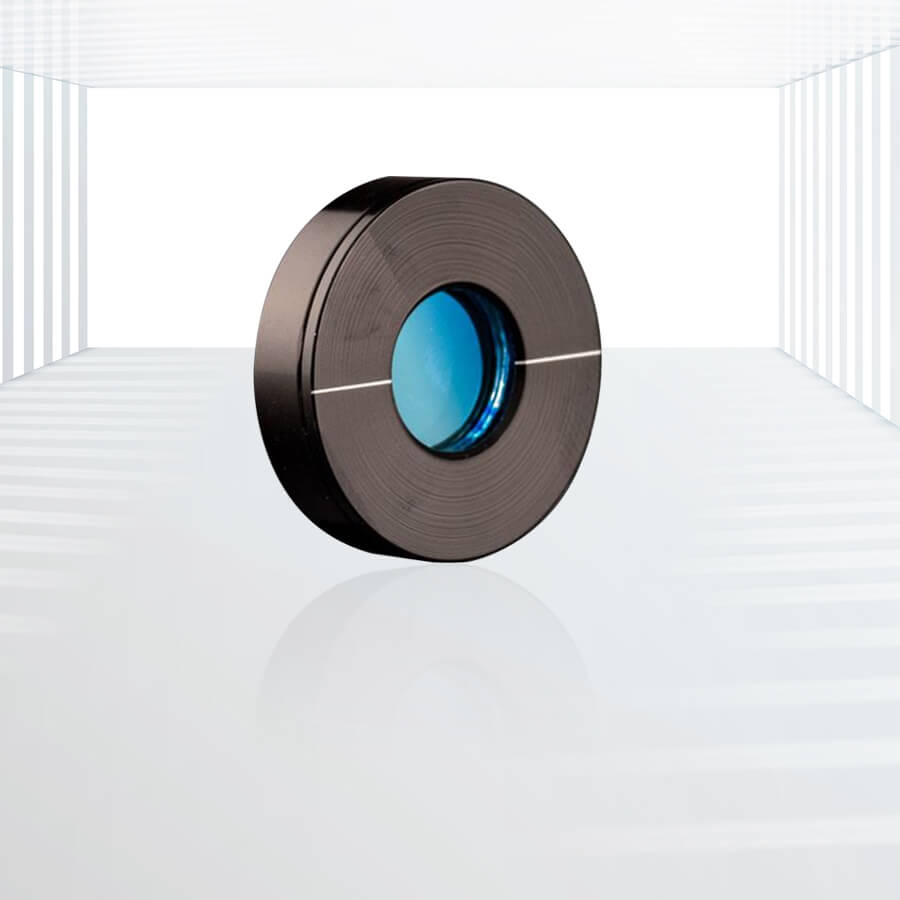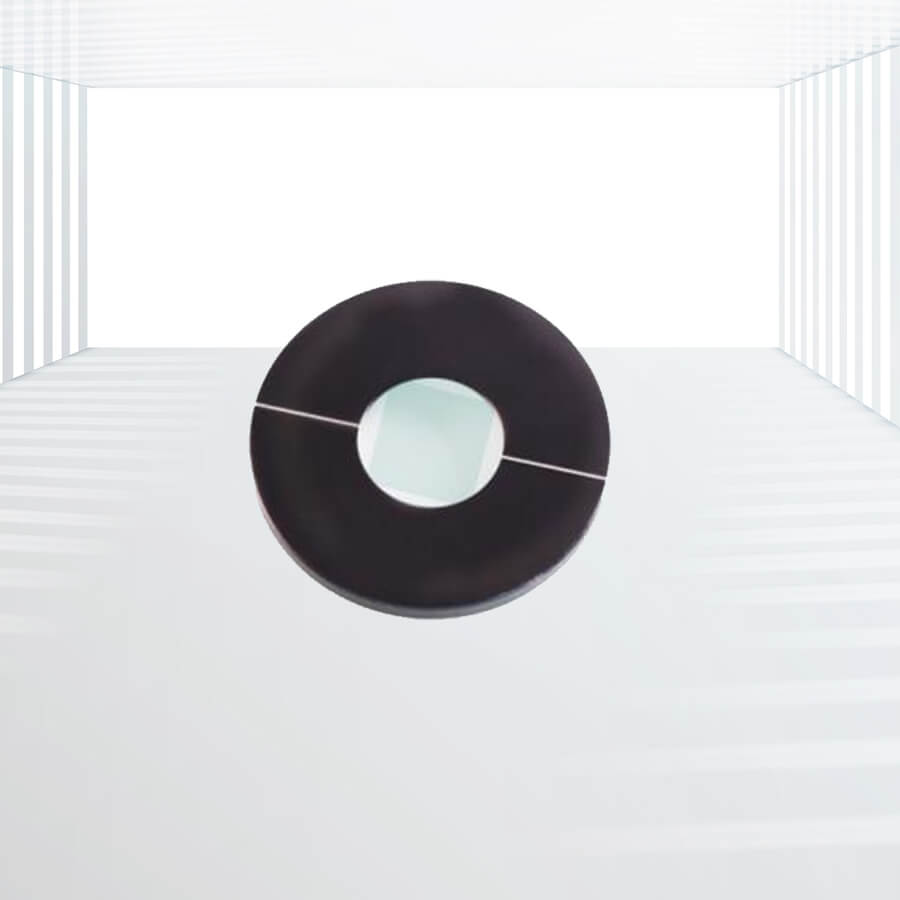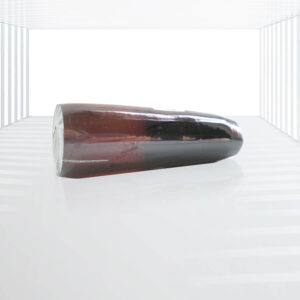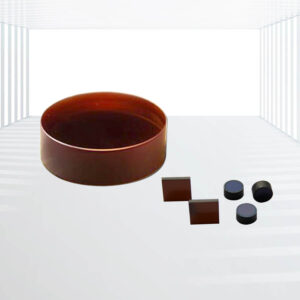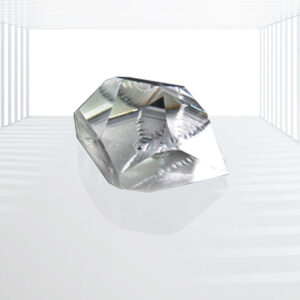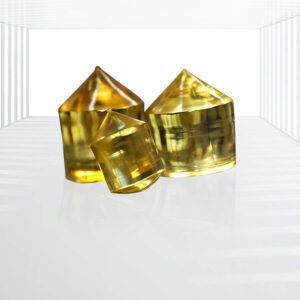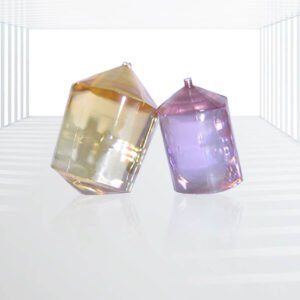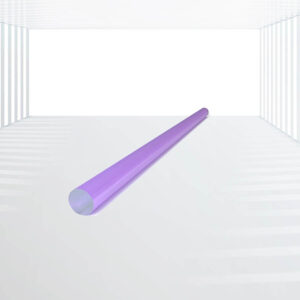Group Velocity Delay Compensators
Precision Control:
Adjustable Delay: Allows for precise control of the group velocity delay by adjusting the angle of incidence, accommodating various laser systems and applications.
High Performance:
Minimal Pulse Distortion: Compensates for temporal dispersion, preserving the shape and duration of femtosecond pulses.
Enhanced Accuracy: Supports high-resolution measurements and processing tasks by maintaining pulse integrity.
Versatility:
Multiple Wavelengths: Available for a range of standard and custom wavelengths, making them suitable for diverse applications.
Material Options: Offered in materials like Calcite and Alpha-BBO, catering to different power and performance requirements.
Durability and Quality:
High Damage Threshold: Suitable for high-power applications due to robust material properties.
Precision Manufacturing: Features high-quality substrates with minimal surface imperfections, ensuring reliable and consistent performance.
Ease of Integration:
Compact Design: Small and easily integrated into existing laser systems without significant modifications.
Customizable: Tailored solutions available to meet specific application needs, enhancing flexibility and user convenience.
Applications: Femtosecond Lasers, Ultrafast Spectroscopy, Nonlinear Optics, Microscopy, Telecommunications, etc.
Group Velocity Delay Compensators (GVD Compensators) operate based on the principle of dispersion compensation, which aims to counteract the broadening of optical pulses that occurs as they propagate through dispersive optical elements. Temporal dispersion leads to pulse stretching, wherein different spectral components of the pulse propagate at different velocities (a phenomenon known as Group Velocity Mismatch, or GVM), causing the pulse to elongate in time. GVD Compensators enable precise manipulation of the group velocity of light pulses in femtosecond lasers, compensating for temporal dispersion effects and ensuring the generation of ultrashort pulses with minimal distortion.
Specifications:
| Materials | Calcite or alpha-BBO |
| Orientation Tolerance | +/-0.5° |
| Flatness | λ/4@633nm |
| Transmission Wavefront Distortion | λ/4@633nm |
| Surface Quality | 20/10 S/D |
| Parallelism | <30 arc sec |
| Density | 2.7 g/cm3 |
| Melting Point | 730℃ |
| Mohs Hardness | 3 |
| Transparency Range | 350-2300nm |
Advantages:
1.Precision Control:
- Adjustable Delay: Allows for precise control of the group velocity delay by adjusting the angle of incidence, accommodating various laser systems and applications.
2.High Performance:
- Minimal Pulse Distortion: Compensates for temporal dispersion, preserving the shape and duration of femtosecond pulses.
- Enhanced Accuracy: Supports high-resolution measurements and processing tasks by maintaining pulse integrity.
2.Versatility:
- Multiple Wavelengths: Available for a range of standard and custom wavelengths, making them suitable for diverse applications.
- Material Options: Offered in materials like Calcite and Alpha-BBO, catering to different power and performance requirements.
3.Durability and Quality:
- High Damage Threshold: Suitable for high-power applications due to robust material properties.
- Precision Manufacturing: Features high-quality substrates with minimal surface imperfections, ensuring reliable and consistent performance.
4.Ease of Integration:
- Compact Design: Small and easily integrated into existing laser systems without significant modifications.
- Customizable: Tailored solutions available to meet specific application needs, enhancing flexibility and user convenience.
Applications:
1.Femtosecond Lasers:
- Pulse Compression: Essential in minimizing temporal dispersion to maintain ultrashort pulse duration for high-precision tasks.
- Material Processing: Enhances the accuracy and efficiency of micromachining, cutting, and drilling by maintaining pulse integrity.
- Medical Applications: Used in precise surgical procedures and laser therapy where controlled, ultrashort pulses are crucial.
2.Ultrafast Spectroscopy:
- Time-Resolved Measurements: Ensures minimal pulse distortion, enabling accurate observation of ultrafast phenomena at molecular and atomic levels.
- Pump-Probe Experiments: Critical for maintaining the timing and duration of laser pulses used to excite and probe samples.
3.Nonlinear Optics:
- Frequency Conversion: Maintains pulse quality during processes like second-harmonic generation (SHG) and optical parametric amplification (OPA), where precise timing and minimal dispersion are necessary.
- Supercontinuum Generation: Supports the production of broad-spectrum light by preserving the coherence and duration of input pulses.
4.Microscopy:
- Multiphoton Imaging: Enhances image resolution and depth by ensuring the delivery of short, high-intensity pulses.
- Fluorescence Lifetime Imaging: Maintains the temporal precision required for accurate lifetime measurements.
5.Telecommunications:
- Optical Signal Processing: Compensates for dispersion in fiber optic systems, improving signal integrity and transmission quality.
- Data Transmission: Ensures high-speed, low-error data transfer by minimizing pulse broadening over long distances.
Kingwin Optics’ Group Velocity Delay Compensators are designed to meet the stringent demands of femtosecond laser systems, providing effective dispersion compensation to preserve pulse quality and duration. The availability of both standard and custom plates allows for tailored solutions to meet specific application needs.

